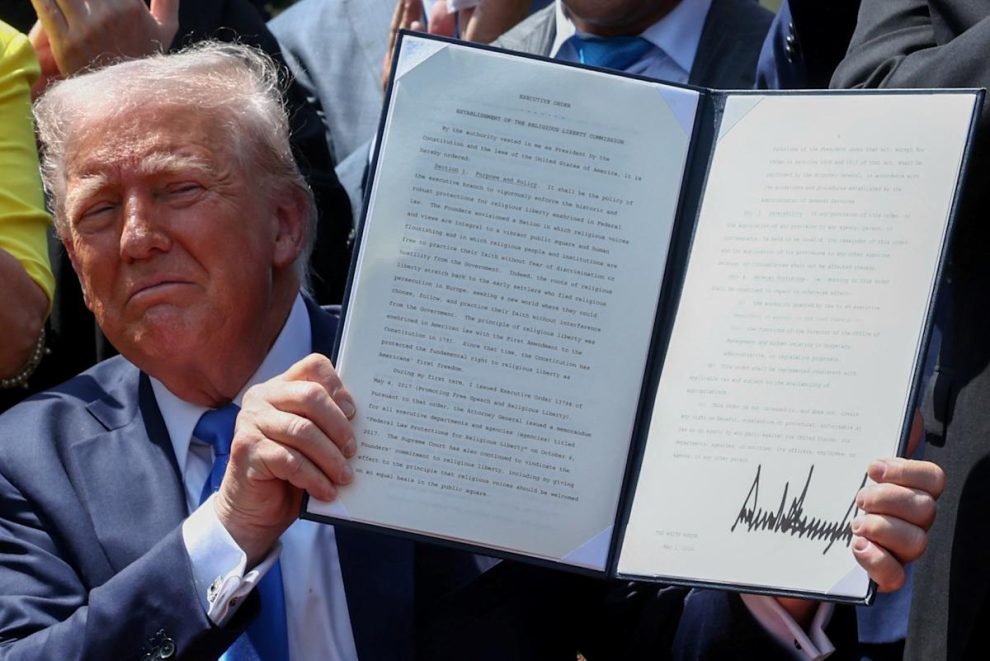The US stock market is back.
President Trump’s April 2 “Liberation Day” reciprocal tariff announcements sent stocks tumbling. The S&P 500 (^GSPC) fell more than 10% over the next three trading days, marking one of the worst crashes since World War II. At its lows, the index was down over 19% from record highs reached in February.
But just a month later, the index has made it all back. And then some.
Through the close on Friday, the S&P 500 was up 0.3% from its closing level reached on April 2, just minutes before Trump announced sweeping tariffs that exceeded what investors had expected.
A week later, Trump announced a 90-day pause on a wide swath of “reciprocal” tariffs, and the S&P 500 rose 9.5% in its best single-day performance since 2008.
In the intervening weeks, investor confidence has grown that the highest level of uncertainty around Trump’s tariff plans has passed. Positive earnings from some of the market’s key Big Tech bellwethers have also helped steady the market ship.
Our Chart of the Week shows when these two main catalysts hit markets, but the overall action reveals a market reacting to, and making peace with, a new tariff regime.
“I still very much believe that the primary driver of equities right now is going to be all these headlines coming out of Washington,” Piper Sandler chief investment strategist Michael Kantrowitz told Yahoo Finance.
Even with Trump backing off some of his most jarring policy offerings of the past month, Kantrowitz and other strategists are warning of continued choppy market action, as they expect the S&P 500 could be stuck in a “range” until both policy and its potential impacts on the US economy become clearer.
Friday’s jobs report and this week’s GDP data were preliminary indications of how tariffs may hit the economy. But unlike the market’s quick response to new developments, the economy’s process for reflecting and working through higher costs like tariffs will take time.
“We do think that we’re stuck with the highest levels of tariffs in decades, and we’ve just really begun to see that reflected in the economy and earnings,” Kantrowitz said.
“And I’m not so sure the markets are able to fully digest that yet, because the data really hasn’t shown up.”
Click here for in-depth analysis of the latest stock market news and events moving stock prices
Read the latest financial and business news from Yahoo Finance










Add Comment